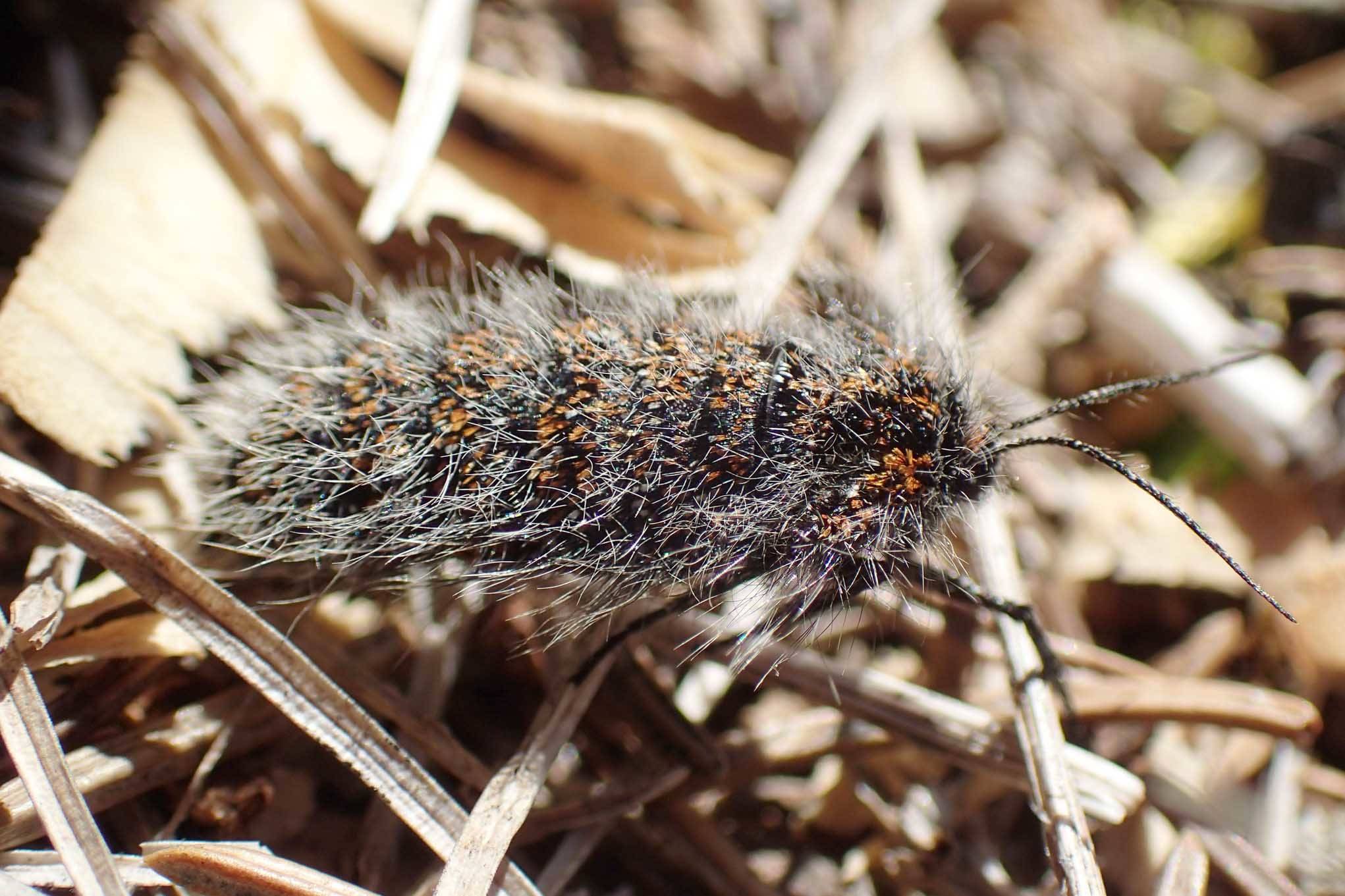As experts continue to learn more about our environment and flood the world with facts, figures, predictions and management directions, it can be a little overwhelming.
Most people head out into the woods for exercise, the chance to see some “natural” beauty, and for some a rejuvenation of the soul by taking in fresh air and the sounds of the woods. These interactions with the wild side are often missing from our daily lives of electronic screens and the urban environment.
Recently a visitor came in the Kenai National Wildlife Refuge Visitor Center with questions from their hike. They walked down the Keen-Eye Trail at our headquarters in Soldotna and were stumped by a bunch of plants that they wanted to know the names of, including what species of alder was found in this area.
The previous day, when I saw the turnout for one of the refuge’s many guided walks, I became aware of just how much people are starving for information about the natural world around them.
I have led many bird hikes and am always surprised by what interactions along the trail are the ones that make the hike memorable. Birders often focus on how many species they can find and measure the quality of the hike by their tally lists or how many rare species were seen.
In truth, though, it was actually some event like watching a boreal chickadee carry moose hair back to line their nest that marked a successful hike and made the longest lasting impression. That was the moment where they got a glimpse of the interconnectedness and the beauty of the ecological system of which we are a part.
What makes a “moment” can vary, but each are valid. For some it may be seeing how fluctuations in the numbers of woodpecker species are closely tied to the age and size of recent forest fires and the insects that flourish afterward.
Others may be fascinated by a moonwort and what makes them only come above ground every few years, or leaf miner moths whose larvae draw intricate patterns as they consume the internal parts of a leaf, leaving the clear, waxy cuticle behind.
So, where can you get access to that next level of information? Never pass up the opportunity to go on a guided hike.
It may be a refuge ranger sharing their experiences on a particular trail. It might be a native elder talking about generations of local plant use for medicinal or health benefits.
Regardless who is leading the hike, open your mind to the ideas and experiences the leader wants to share with you and you will find that your own solo hikes will grow in value. You will begin to see relationships that you never would have noticed just hiking down the trail to get to the endpoint.
Another important resource for the curious mind is iNaturalist. This web-based data portal (now also a mobile app) is a place where you can post photos of plants, insects and animals.
You don’t even have to know what species you are photographing. A community of iNaturalists will begin identifying the observation from your photograph, even if your only ID is “spider.”
I post photos to iNaturalist, but I also use it as a data source. Before hitting an unknown trail, I will look and see what others have posted and found interesting. Hopefully, using this resource I will not skip over some nondescript plant or insect that may have the most interesting story on my entire hike.
It is through observations like this you may learn about the yellow coralroot. This is a species of leafless orchid that derives some of its nutrition from an association with a fungus that lives in the soil. Who knew?
Or you may discover a Lycia rachelae moth. It is one of the few moth species where the female is flightless and has no wings and we have seen them right here on the trails near Headquarters Lake.
The visitor with questions about alders now knows that green alder or Alnus viridis has been documented along the trail they were visiting. Also, a species of broomrape can be found parasitizing alders in this same area. If you haven’t seen broomrape it looks like an 8- to 12-inch-tall pinecone and grows off of the roots of many alder species.
You are likely already experiencing some of this heightened awareness even in your normal life. Most fisherman can tell you that sea lice on sockeye salmon are an indication that the fish has not been in fresh water very long. Transfer that curiosity to the world around you when hiking through the woods and who knows what you will discover.
Todd Eskelin is a Wildlife Biologist at Kenai National Wildlife Refuge. Find more Refuge Notebook articles (1999-present) at https://www.fws.gov/Refuge/Kenai/community/Refuge_notebook.html or other info at http://www.facebook.com/kenainationalwildliferefuge.

